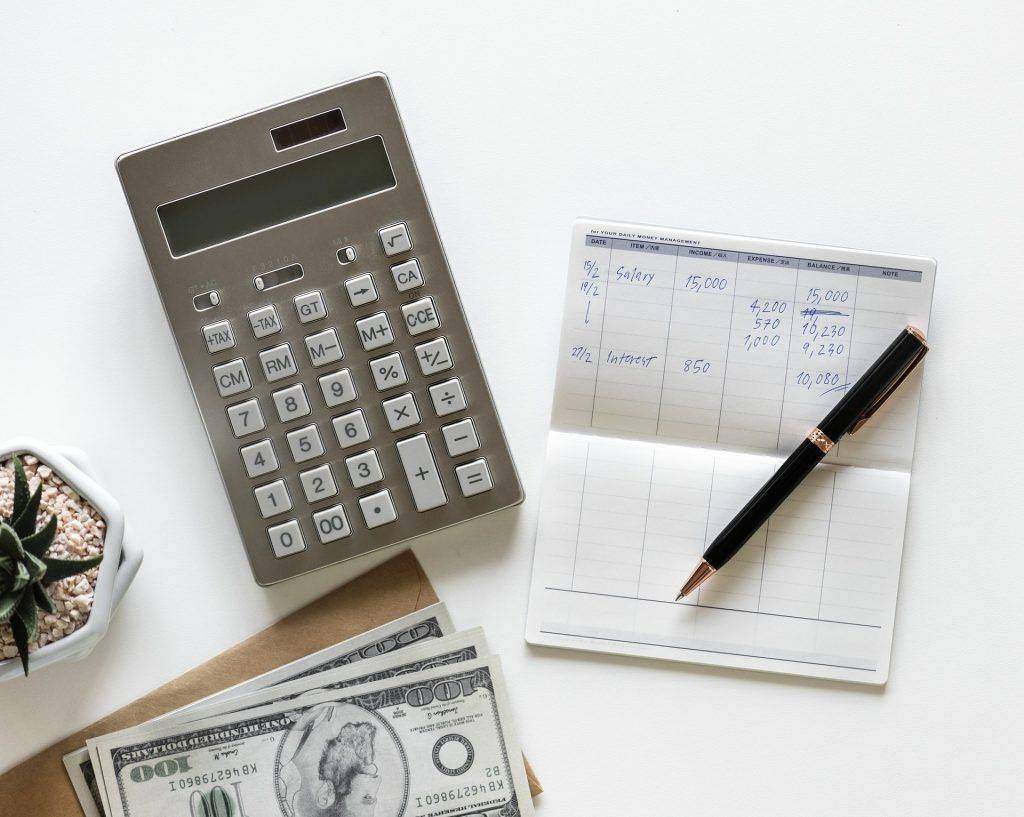
Let’s get real – debt is inevitable. Not all of us are wealthy enough to sustain or upgrade our lifestyles solely with the cash on our bank accounts. In order to get the best out of life, we use credit cards and take out quick cash loans, car loans, mortgage, and other personal loans.
Debt is a significant part of life’s so-called “adulting.” Perhaps, it’s just a matter of managing the situation.
Some consumers carry a modest amount of debt pretty well. They pay above the minimum on every account, keep their budget in check, and hold back on new credit spending until their balances are paid completely. Other people, sadly, look at debt as an oppressive enemy. Their debts are overwhelming, causing them to live paycheck to paycheck and struggle in keeping up even with the minimum payments each month while providing for necessary expenses.
Getting out of an immense amount of debt doesn’t take place overnight since they’re also not accumulated overnight. The good thing is, it’s possible to turn things around and make some drastic moves to be free from it.
Here are 7 ways to get out of debt.
1. Live on cash
If you’ve got a lot of money flowing out to creditors and lenders that you struggle to make the ends meet with what’s left, the first step is to stop adding to that debt.
For some folks, the best way to curb impulse spending is to live without cards and pay with solid cash. Stick to your budget. If you have a $200 weekly budget for groceries, gas, and utility bills and you use that up within five days, you’ll have to cope for the remaining two days.
2. Prioritize credit card debt
A credit card debt tends to have extremely high interest rates. That said, it is a must to focus on paying off the balance on your credit cards first.
Check your credit score. If it’s in good shape, you may consider a balance transfer to a lower interest card. If your credit score is quite bad, see if a debt consolidation loan would work. You may also negotiate a new payoff plan with your issuers. Check your options. Try not to fall into the trap of sneaky payday loan providers who would take advantage of your bad credit file.
3. See if the debt avalanche method works
The debt avalanche method allows you to prioritize debts by their interest rate, not by the amount of the balance. You start by attacking the balance on the account with the highest interest rate and work your way through the lowest interest rate on your list. Think of it as climbing down the debt ladder.
While boosting your payments on that high-interest account, make minimum payments on the others. After knocking down the highest- interest balance, move down a rung of the ladder and do the same thing for the next highest rate, and so on.
4. Try the debt snowball method
Another payment strategy is the debt snowball.
As opposed to the avalanche strategy, snowball method focuses on the size of balances, not on the interest rates. Here, you start with the lowest balance first, and once it’s completely paid off, you pay the next one up. Think of it as climbing up the debt ladder.
Snowball allows you to get a zero balance sooner than you would with the previous method. It is for people who need to see and feel instant results. Seeing a debt getting knocked down one by one by starting from the lowest keeps them motivated.
5. Negotiate with your creditors or lenders
You may not realize but creditors are often willing to help you if you are dealing with a financial difficulty. Don’t escape and make things worse.
Let them know if you are earning lower wages or are struggling with the cost of a medical emergency. These may result in an offer to lower or waive your interest rate temporarily.
The best thing you can do is to go to creditors for help while the situation is still under control. Don’t wait until several months of late or missed payments. You may ask for the services they offer which would help you manage your payments better.
6. Review your full budget and take action
Now that you have put your cards away and you know you’re doing everything in your power to lower the amount of your existing debt, it’s time to sit down and review your budget thoroughly.
Bruce McClary, the vice president of public relations and external affairs in National Foundation for Credit Counseling (NFCC), suggests 50-20-30 rule of budgeting. According to McClary, you should allocate up to 50% of the budget to fixed expenses (rent, car payments, mortgage); 20% to savings (retirement and emergency fund); and 30% to variable expenses, which include optional spending for things like travel and recreation and dining out. The first area to target for trimming back is that variable 30% zone.
Be smart and realistic. Track every money coming in and going out so you know exactly how much you can pay against the debt. Determine the areas where you can cut your spending. Look around your house and maybe you can find things you can sell. You may also look for ways to boost your income.
7. Imagine a debt-free life
One of the best ways to get out of debt is to imagine a life without debt. Think about the long-term goals you want to accomplish. If you’re paying a mortgage or car loan, think of the comforts of having your own home or car, as well as the pain of losing them if you default. Think about the peace of mind a debt-free life can bring.
I know it’s hard to do if you’re currently overwhelmed but having a financial goal to look forward to helps you stay motivated throughout the daunting process.